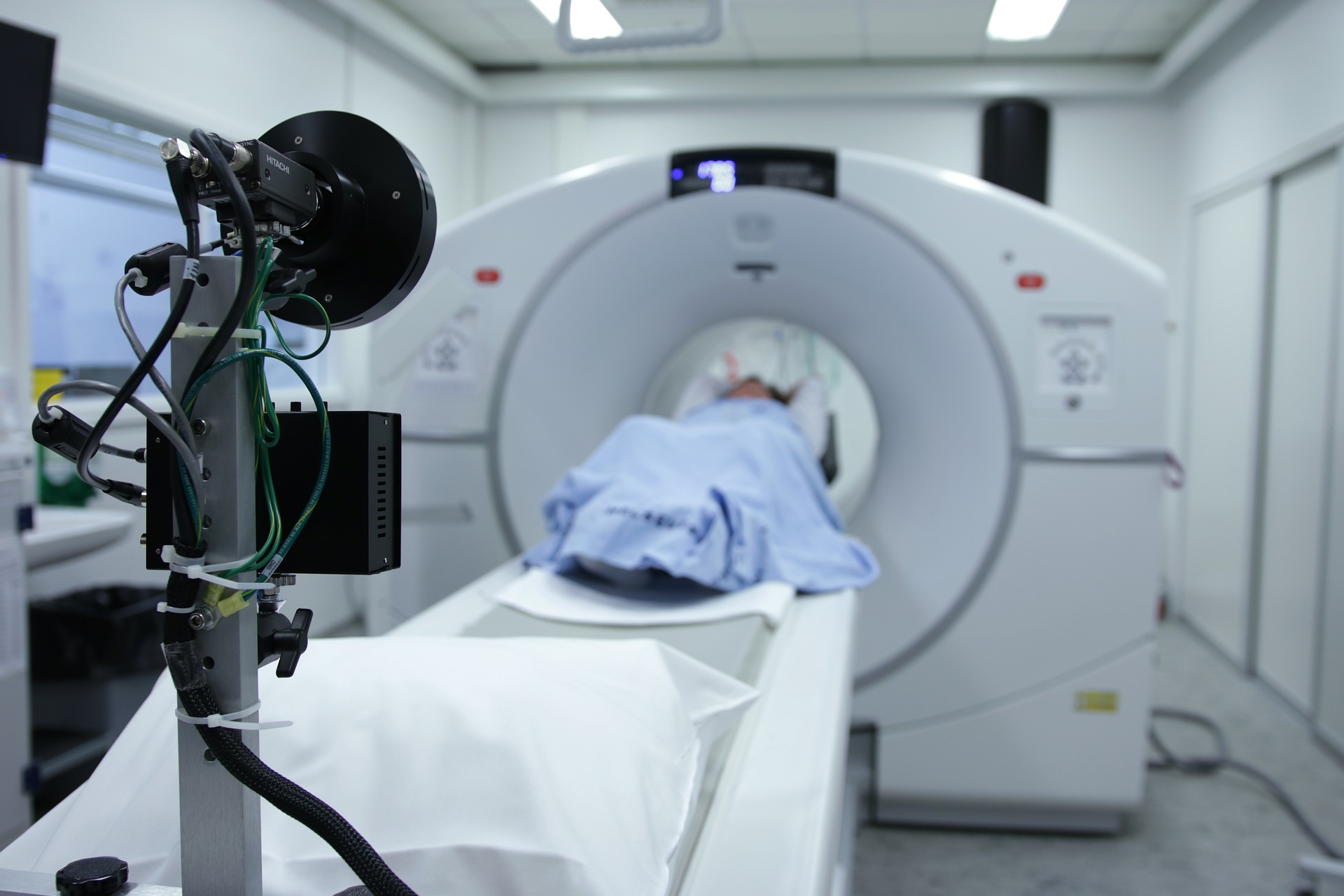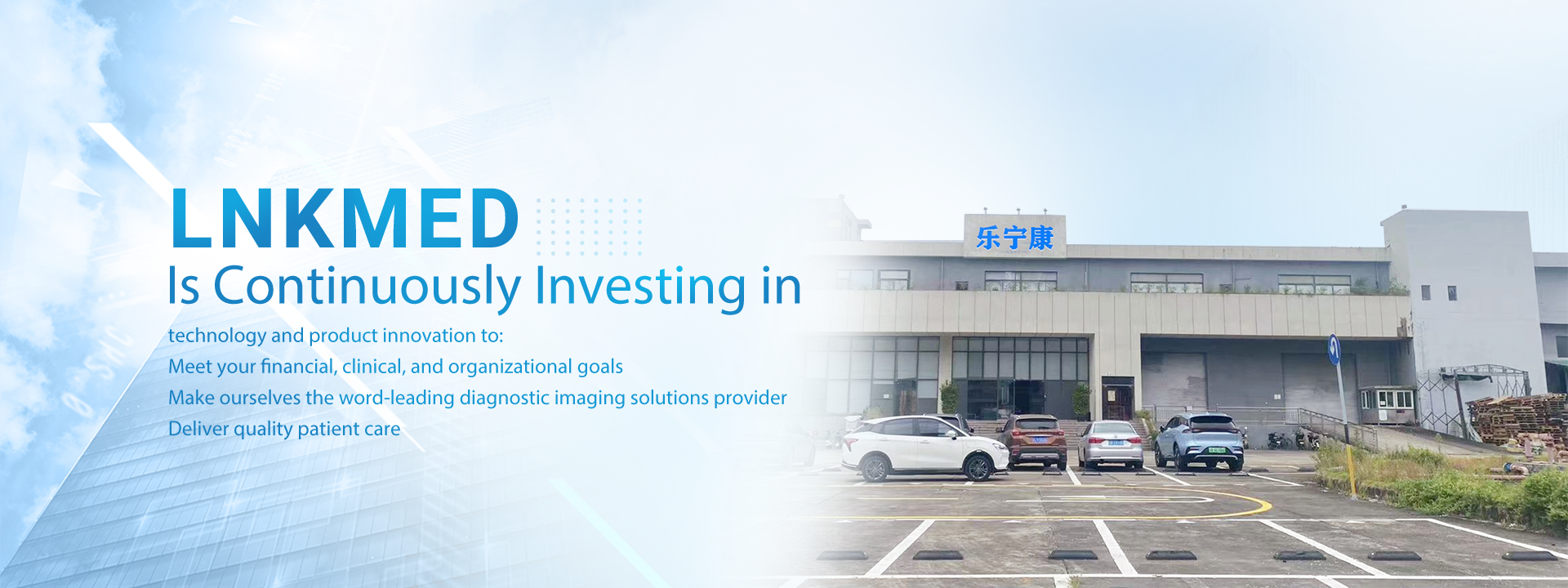We all know that medical imaging examinations, including X-rays, ultrasound, MRI, nuclear medicine and X-rays, are important auxiliary means of diagnostic evaluation and play an important role in identifying chronic diseases and combating the spread of diseases. Of course, the same applies to women with confirmed or unconfirmed pregnancies.However, when these imaging methods are applied to pregnant or breastfeeding women, many people will worry about a problem, will it affect the health of the fetus or the baby? Could it lead to more complications for such women themselves?
It really depends on the situation. Radiologists and health care providers are aware of the medical imaging and radiation exposure risks of pregnant women and fetuses. For example, a chest X-ray exposes an unborn baby to dispersed radiation, while an abdominal X-ray exposes a pregnant woman to primary radiation. While radiation exposure from these medical imaging modalities may be small, continued exposure can have harmful effects on the mother and fetus. The maximum radiation dose pregnant women can be exposed to is 100msV.
But again, these medical images can be beneficial for pregnant women, helping doctors to provide more accurate diagnoses and prescribe more appropriate drugs. After all, it is vital for the health of pregnant women and their unborn babies.
What are the risks and safety measures of different medical imaging methods? Let’s explore that.
Measures
1.CT
CT involves the use of ionizing radiation and plays an important role in pregnancy, with the use of CT scans increasing by 25% from 2010 to 2020, according to relevant authoritative statistics. Because CT is associated with higher fetal radiation exposure, it is important to consider other options when considering the use of CT in pregnant patients. Lead shielding is a necessary precaution to minimize the risk of CT radiation.
What are the best alternatives to CT?
MRI is considered to be the best alternative to CT. There is no evidence that radiation doses below 100 mGy during pregnancy are associated with an increased incidence of congenital malformations, stillbirths, miscarriages, growth, or mental disabilities.
2.MRI
Compared with CT, the biggest advantage of MRI is that it can scan deep and soft tissues in the body without using ionizing radiation, so there are no precautions or contradictions for pregnant patients.
Whenever two imaging modalities are present, MRI should be considered and preferred because of its lower nonvisualization rate. Although some studies have shown theoretical fetal effects when using MRI, such as teratogenicity, tissue heating, and acoustic damage, there is no evidence that MRI is potentially harmful to the fetus. Compared to CT, MRI can more accurately and adequately image deep soft tissue without the use of contrast agents.
However, gadolinium-based agents, one of the two main contrast agents used in MRI, have been proven to be dangerous to pregnant women. Pregnant women sometimes experience serious reactions to contrast media, such as recurrent late decelerations, prolonged fetal bradycardia, and premature delivery.
3. Ultrasonography
Ultrasound also produces no ionizing radiation. There have been no clinical reports of adverse effects of ultrasound procedures on pregnant patients and their fetuses.
What does the ultrasound test cover for pregnant women? First, it can confirm whether the pregnant woman is really pregnant; Check the age and growth of the fetus and calculate the due date, and check the fetal heartbeat, muscle tone, movement, and overall development. In addition, check whether the mother is pregnant with twins, triplets or more births, check whether the fetus is in a head-first position before delivery, and check whether the mother’s ovaries and uterus are normal.
In conclusion, when ultrasound machines and equipment are configured correctly, ultrasound procedures do not pose health risks to pregnant women and fetuses.
4. Nuclear Radiation
Nuclear medicine imaging involves the injection of a radiopharma into a patient, which is distributed throughout the body and emits radiation at a target location in the body. Many mothers are concerned when they hear the word nuclear radiation, but fetal radiation exposure with nuclear medicine depends on different variables, such as maternal excretion, absorption of radiopharmaceuticals, and fetal distribution of radiopharmaceuticals, the dose of radioactive tracers, and the type of radiation emitted by radioactive tracers, and cannot be generalised.
Conclusion
In short, medical imaging provides important information about health conditions. During pregnancy, a woman’s body is undergoing constant changes and is vulnerable to various infections and diseases. Diagnosis and appropriate medication for pregnant women are critical to their health and that of their unborn babies. In order to make better, more informed decisions, radiologists and other relevant medical professionals must fully understand the benefits and negative effects of different medical imaging patterns and radiation exposure on pregnant women. Whenever pregnant patients and their fetuses are exposed to radiation during medical imaging, radiologists and physicians should provide clear ethics in each procedure. Fetal risks associated with medical imaging include slow fetal growth and development, miscarriage, malformation, impaired brain function, abnormal growth in children, and neurodevelopment. A medical imaging procedure may not cause harm to pregnant patients and fetuses. However, continuous and long-term exposure to radiation and imaging can have harmful effects on patients and fetuses. Therefore, in order to reduce the risk of medical imaging and ensure the safety of the fetus during the diagnostic imaging process, all parties should understand the level of radiation risk at different stages of pregnancy.
————————————————————————————————————————————————————————————————————————————————————–
LnkMed, a professional manufacturer in the production and development of high-pressure contrast agent injectors. We also provide syringes and tubes that covers almost all popular models in the market. Please reach out to us for more information by info@lnk-med.com
Post time: Feb-27-2024










